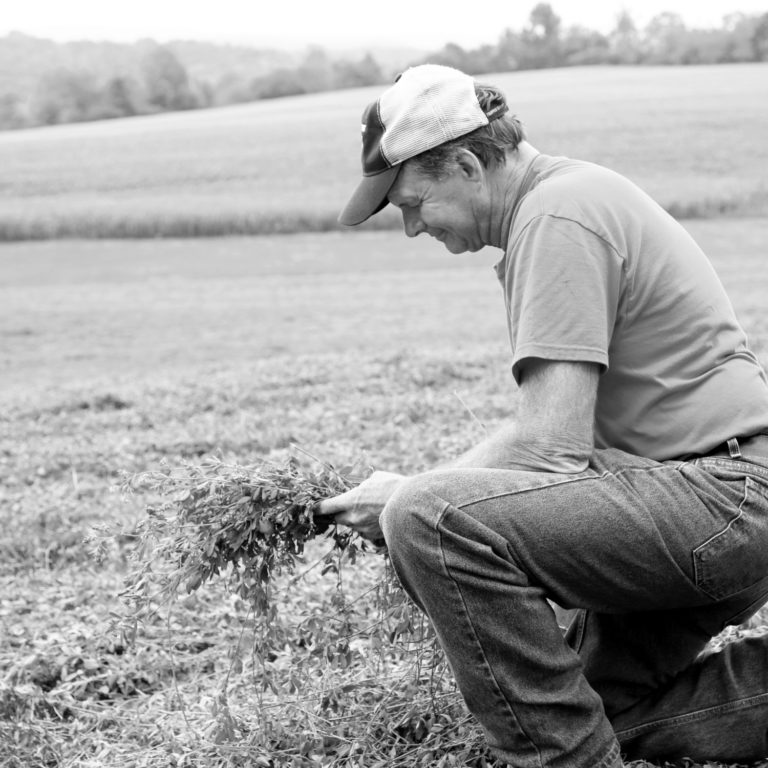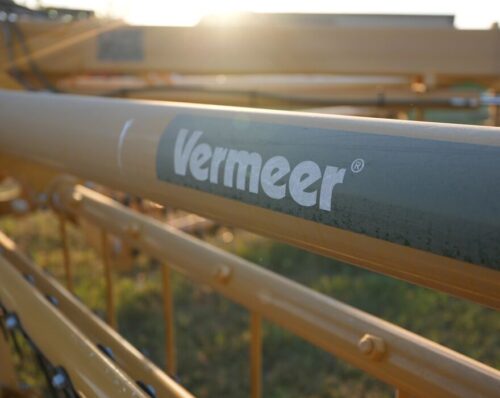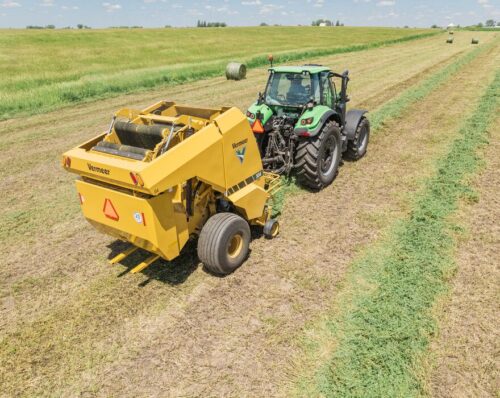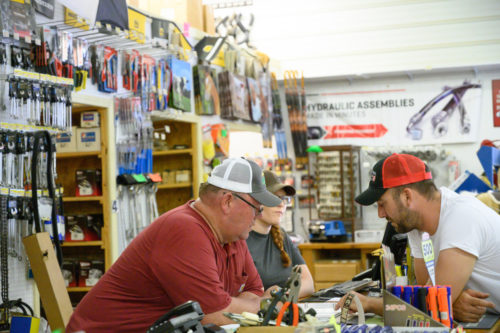
Still searching for alfalfa winterkill answers
March 2020
Even with all the economic and environmental advantages of producing alfalfa, sometimes winter injury or death can prematurely terminate hardy perennial alfalfa stands. About this time every year, growers begin to question whether their stands will be impacted by winterkill.
Daniel Wiersma, the global alfalfa business manager for Corteva Agriscience, explains in a recent Midwest Forage Association newsletter article that sometimes alfalfa injury can occur from one or two specific weather events, but most of the time, several stresses come together, causing winterkill in alfalfa stands.
“Freezing tolerance, plant tissue desiccation, excess water in the soil, ice encasement, and disease are all factors impacting winter survival and persistence of alfalfa,” Wiersma explains.
“This complexity forces us to think about winter injury or death like a Jenga game where players remove stacked blocks one by one until the blocks fall over. Similarly, the more building blocks removed from a healthy alfalfa stand, the greater the chance of winterkill.”
"The more building blocks removed from a healthy alfalfa stand, the greater the chance of winterkill."As more of these factors become prevalent, alfalfa’s ability to survive is more threatened. The factors are highly variable from year to year and affect individual fields and areas differently.
“The building blocks of alfalfa impacting winter survival include both climatic-related factors and crop management factors,” Wiersma notes. “Things like soil moisture content and soil drainage can largely impact alfalfa plant health and winter survival. Snow cover and winter temperatures, along with spring freeze-thaw cycles, can impact alfalfa’s ability to regrow in spring. Sometimes an ice-sheeting event occurs and can kill alfalfa plants through suffocation of the roots and crown. These factors are highly variable from year to year and can impact individual fields or entire geographic areas,” he adds.
Wiersma suggests keeping the soil environment healthy with good soil drainage and proper soil pH and fertility levels. Potassium fertilizers are known to prepare alfalfa plants for harsh winters as they promote the storage of carbohydrates. The alfalfa specialist suggests applying at least some of the fertilizer during mid-to-late summer, which makes it easily accessible for the plants to take up before dormancy.
"Cutting frequency, time interval between cuts, and fall-cut timing all affect alfalfa winterkill."Harvest management also plays a role in the alfalfa stand’s survival. Wiersma notes that cutting frequency, time interval between cuts, and fall-cut timing all affect alfalfa winterkill.
“Aggressive cutting schedules will reduce plant health and make it more difficult to accumulate carbohydrates in root and crown tissues for overwintering,” Wiersma writes.
Seed breeders know there is a genetic variability in alfalfa for winter survival, and while they have explored multiple approaches to enhancing genetic potential, no perfect solution has been found just yet.
What will alfalfa stands look like this coming spring? Wiersma offers his standard answer: “Let’s wait and see.”
This article originally appeared in eHay Weekly by Hay & Forage Grower and was written by Michaela King. She served as the 2019 summer intern for Hay & Forage Grower magazine.
This article contains third-party observations, advice or experiences that do not necessarily reflect the opinions of Vermeer Corporation, its affiliates or its dealers. Individual results may vary based on care and operation of machine and crop and field conditions, which may adversely affect performance.
Vermeer and the Vermeer logo are trademarks of Vermeer Manufacturing Company in the U.S. and/or other countries.
© 2020 Vermeer Corporation. All Rights Reserved.






